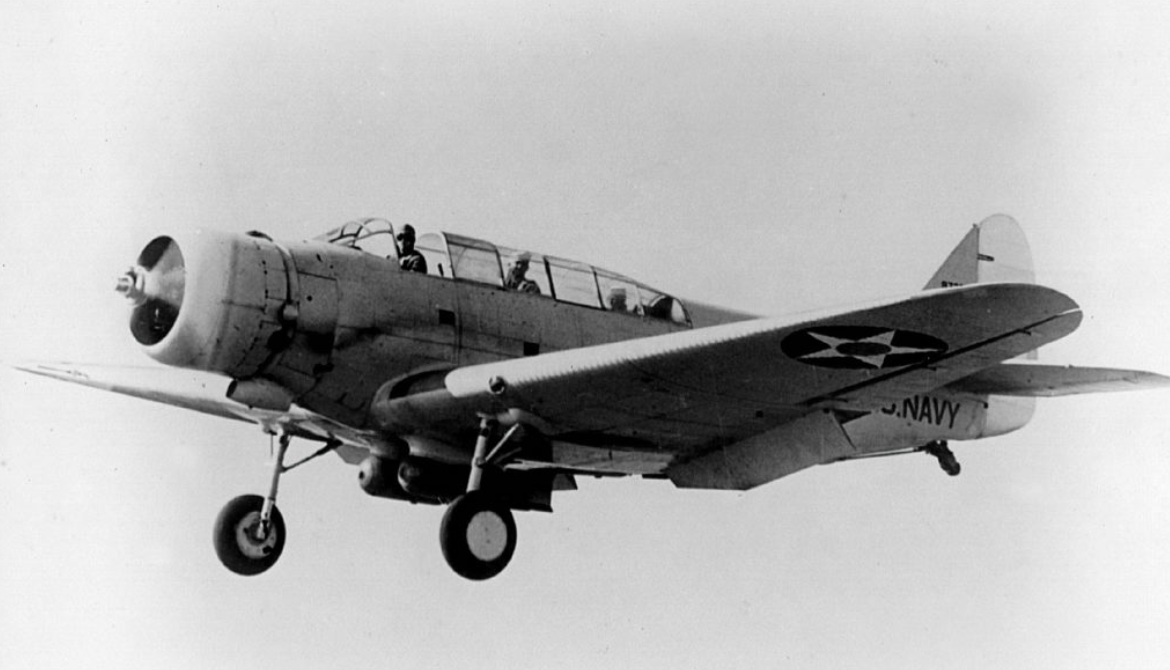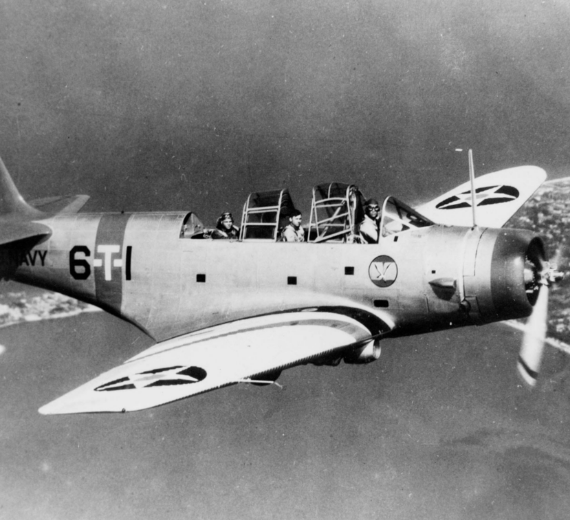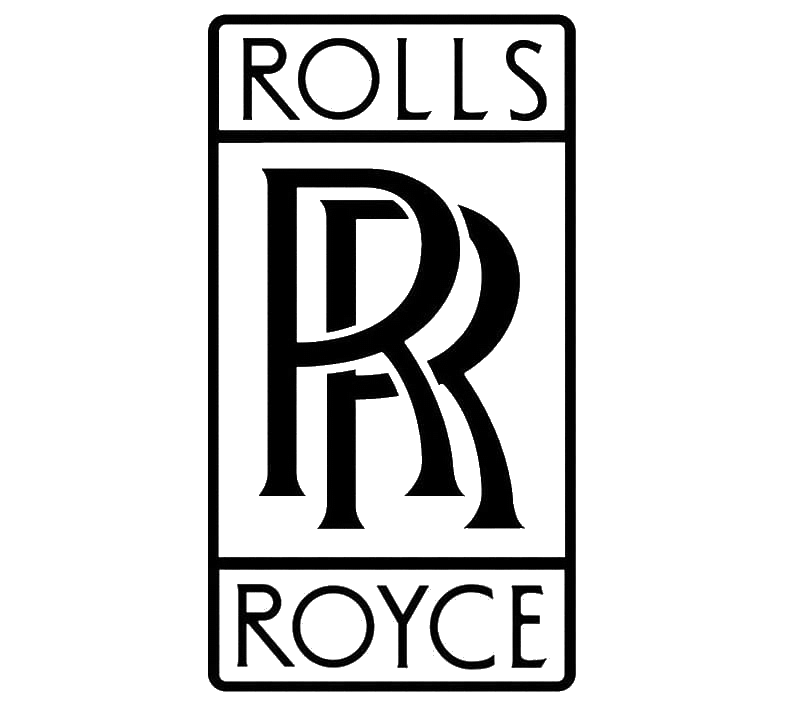.
History
Douglas TBD Devastator

The Douglas TBD Devastator was an American torpedo bomber of the United States Navy. Ordered in 1934, it first flew in 1935 and entered service in 1937. At that point, it was the most advanced aircraft flying for the Navy and possibly for any navy in the world. However, the fast pace of aircraft development quickly caught up with it, and by the time of the Japanese attack on Pearl Harbor the TBD was already outdated.
The Devastator performed well in early battles, most notably in the Battle of Coral Sea, but earned notoriety for a catastrophic performance during the Battle of Midway in which 41 Devastators recorded zero torpedo hits with only six surviving to return to their carriers. Vastly outclassed in both speed and maneuverability by the Mitsubishi Zero fighters they faced, most of the force was wiped out with little consequence except to distract the Zeros from the SBD Dauntless dive bombers that sank four carriers and a heavy cruiser. Although much of the Devastator's dismal performance was later attributed to the many well-documented defects in the US Mark 13 torpedo, the aircraft was withdrawn from frontline service after Midway, being replaced by the Grumman TBF Avenger.


0
KmCeiling
0
KmCombat RANGE
0
Km/hAircraft Speed
0
Max Crew
Photo Gallery
Douglas TBD Devastator


Douglas TBD Devastador
General Info
-
-
- Crew: 3: (Pilot, Torpedo Officer/Navigator, Radioman/Gunner)
- Length: 35 ft 0 in (10.67 m)
- Wingspan: 50 ft 0 in (15.24 m)
- Height: 15 ft 1 in (4.60 m)
- Wing area: 422 sq ft (39.2 m2)
-
Powerplant
-
-
- Empty weight: 5,600 lb (2,540 kg)
- Gross weight: 9,289 lb (4,213 kg)
- Max takeoff weight: 10,194 lb (4,624 kg)
- Powerplant: 1 × Pratt & Whitney R-1830-64 Twin Wasp 14-cylinder two-row air-cooled radial piston engine, 900 hp (670 kW)
- Propellers: 3-bladed variable-pitch propeller
-
Performance
- Maximum speed: 206 mph (332 km/h, 179 kn) at 8,000 ft (2,400 m)
- Cruise speed: 128 mph (206 km/h, 111 kn)
- Range: 435 mi (700 km, 378 nmi) with Mark 13 torpedo or
-
-
-
- 716 mi (622 nmi; 1,152 km) with 1,000 lb (450 kg) of bombs
-
-
- Service ceiling: 19,500 ft (5,900 m)
- Rate of climb: 720 ft/min (3.7 m/s)
Armament
-
-
Guns:
- 1 × forward-firing 0.30 in (7.62 mm) Browning machine gun or 0.50 in (12.7 mm) Browning machine gun
- 1 × 0.30 in (7.62 mm) machine gun in rear cockpit
-
Bombs:
- 1 × Mark 13 torpedo or
- 1 × 1,000 lb (450 kg) bomb or
- 2 × 500 lb (230 kg) bombs or
- 12 × 100 lb (45 kg) bomb
-
-
Guns:
.
Links to Youtube & Others
In the early days of the Pacific war, the TBD acquitted itself well during February and March 1942, with TBDs from Enterprise and Yorktown attacking targets in the Marshall and Gilbert Islands, Wake and Marcus Islands,
Douglas
TBD Devastator
The Navy immediately withdrew the 39 remaining TBDs from frontline units after the debacle at Midway.
Youtube Link
On September 19, 2019, the USS Midway Museum acquired a 1:1 scale replica used in the World War II movie, Midway.












